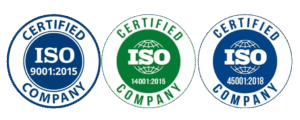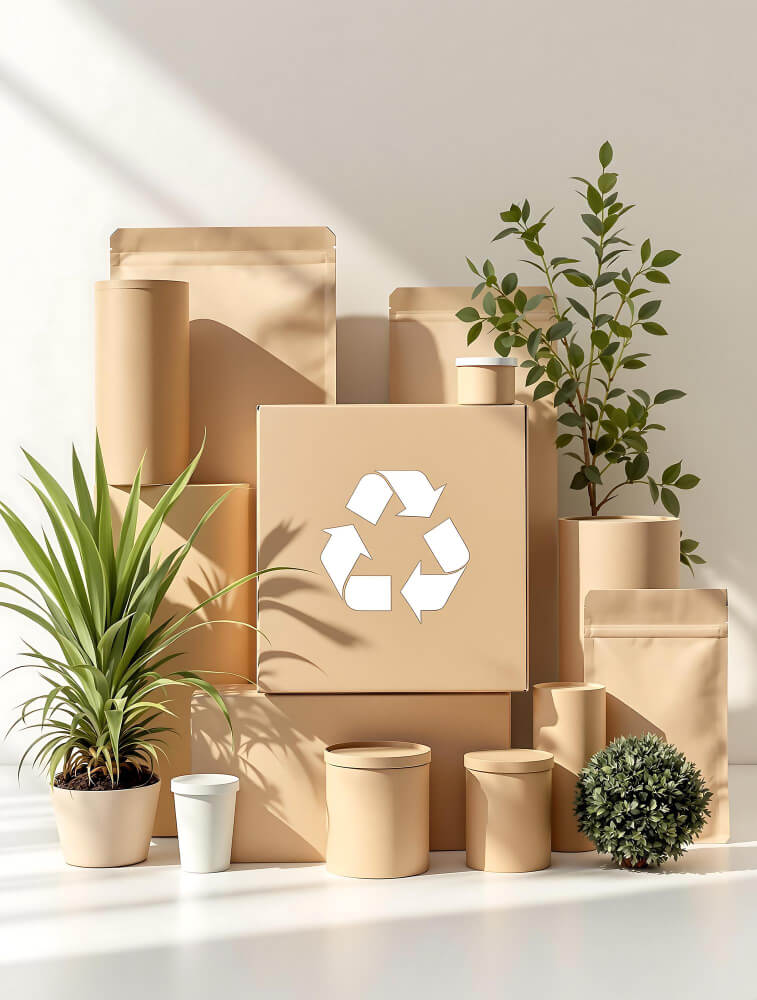Sustainable Packaging Costs are about to become a front-line issue for Australian manufacturers, retailers, and distributors. Once the Extended Producer Responsibility (EPR) scheme becomes mandatory, packaging that doesn’t meet recyclability and sustainability standards will cost businesses twice — first in production and again in penalties.
The smartest brands aren’t waiting for the fees to appear. They’re modeling those future costs today — understanding how design, material, and recyclability scores will directly impact their bottom line.
At Carewell Group, we help businesses see the financial side of sustainability, not just the environmental one.
The Cost Reality: What EPR Really Means for Packaging Budgets
The upcoming EPR framework will assign eco-modulated fees based on how easily your packaging can be recovered, reused, or recycled. In short, the greener your packaging, the less you’ll pay.
Under this model:
- Low recyclability = higher EPR fees
- High recyclability = lower fees and fewer compliance risks
That means businesses relying on legacy plastics or multi-layer laminates will face significantly higher costs. Meanwhile, brands using recyclable, compostable, or mono-material packaging will save money while enhancing their sustainability profile.
Sustainable packaging costs may rise slightly upfront, but those early investments protect you from far greater long-term penalties.
Why Recyclability Equals Long-Term Savings
Think of recyclability as a form of insurance. Each improvement you make to packaging performance — whether it’s switching to rPET, simplifying layers, or adding ARL verification — reduces your exposure to future fees.
Brands that redesign packaging now will benefit from:
- Lower eco-modulated EPR charges in 2026 and beyond.
- Reduced waste-management overhead.
- Stronger sustainability scores for investor and retailer audits.
- Greater material efficiency across logistics and storage.
At Carewell, our design engineers calculate these trade-offs using PREP and ARL data, helping businesses identify where packaging performance directly intersects with cost control.
Carewell’s Audit Model: Simulate Your Packaging Future
The biggest mistake brands make is guessing. To remove uncertainty, Carewell developed a packaging audit model that simulates eco-modulated outcomes for your existing packaging lines.
We map your current materials and production volumes against emerging EPR cost structures to answer one key question:
“What would your packaging cost under EPR?”
Our audit includes:
- Performance scoring based on recyclability and compliance readiness.
- Material mapping to identify cost-heavy and cost-saving components.
- EPR cost forecasting to visualize how eco-modulated fees would apply to your portfolio.
- Redesign scenarios showing how switching to sustainable packaging can reduce your total cost of ownership.
The outcome? A clear, financial roadmap to align your packaging strategy with sustainability goals — before new regulations take effect.
Learn more about our approach on the About Us page.
Building a Calculator Mindset: Budgeting for Change
Imagine if every packaging decision came with a live “EPR impact” score — a quick estimate showing how recyclability, weight, or material choice would affect your cost per unit. That’s the mindset businesses need to adopt now.
Our clients are already using Carewell’s audit data as a calculator-style framework, testing how tweaks in design or material sourcing could reduce both environmental impact and cost exposure.
By treating sustainable packaging costs as a strategic variable — not a surprise line item — you gain the upper hand in compliance planning and pricing strategy.
For tailored guidance, reach out through our Contact Us page to start your own EPR readiness audit.
Future-Proofing Is Financial, Not Just Environmental
EPR is not just a regulation — it’s a pricing mechanism for sustainability. Businesses that redesign now will enjoy predictable costs, smoother compliance, and stronger market positioning. Those that delay will pay for inefficiency twice: in production and in penalties.
By understanding sustainable packaging costs today, you’re not just budgeting smarter — you’re investing in resilience.
Final Thought
Future-proofing your packaging budget means more than going green. It’s about knowing where your costs come from, how they’ll evolve, and what you can do to stay ahead. Carewell helps businesses model, redesign, and optimize before the EPR rules — and the fees — take full effect.
Your packaging shouldn’t surprise your budget. With the right insight, it won’t have to.
Carewell Group Pty Ltd
Unit 27/191, McCredie Road, Smithfield, NSW 2164
Phone: +61 0477 123 699
Email: sales@carewellgroup.com.au | info@carewellgroup.com.au | logistics@carewellgroup.com.au









